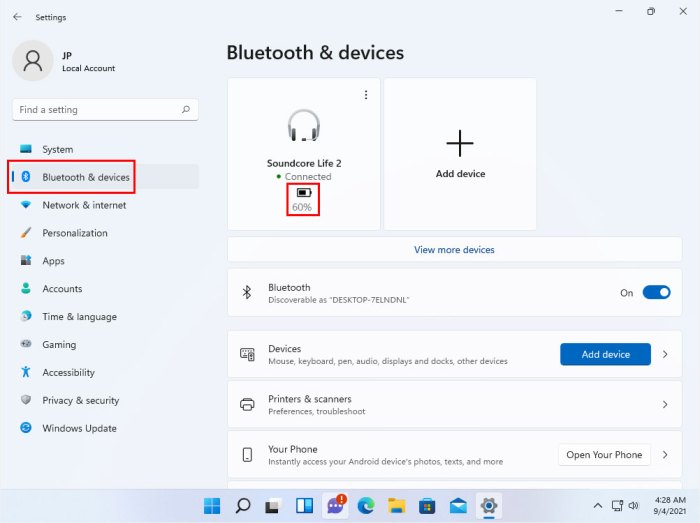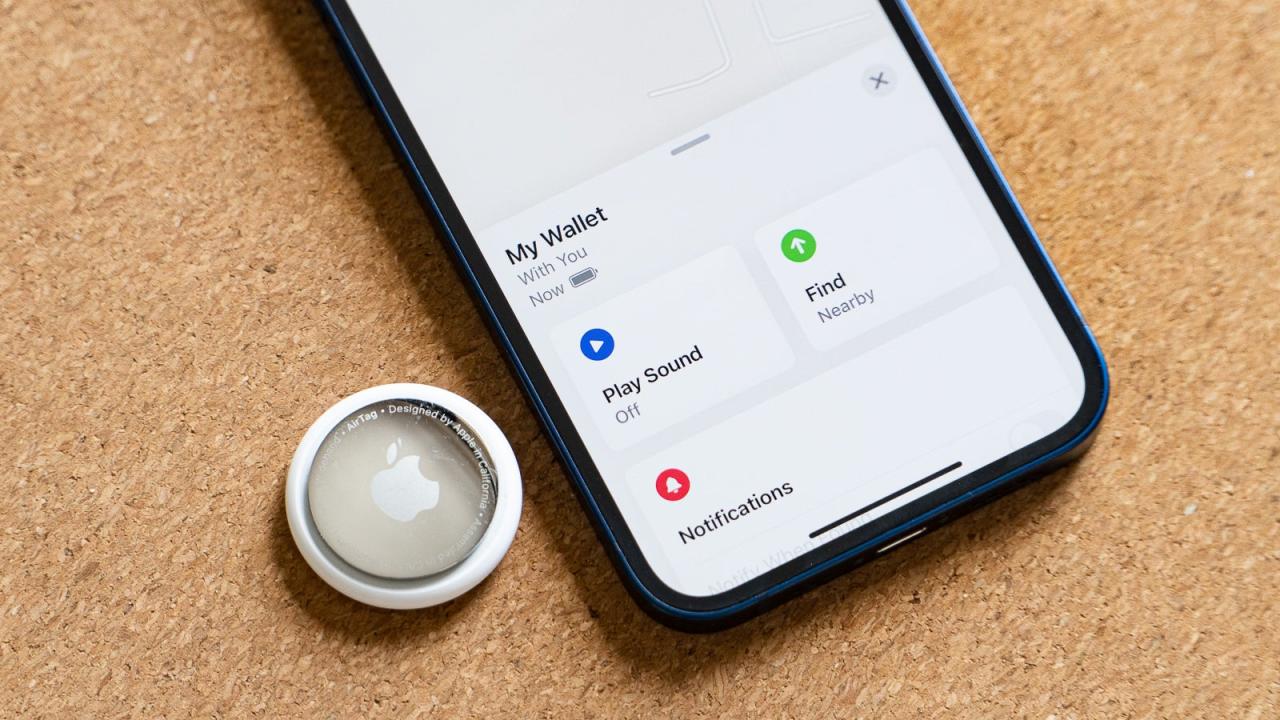What step should you take before charging a forklift battery – Charging a forklift battery requires careful preparation to ensure safety, longevity, and optimal performance. Understanding the crucial steps to take before initiating the charging process is essential. This guide will provide a comprehensive overview of the preparatory measures that must be taken prior to charging a forklift battery.
By following these guidelines, operators can mitigate risks, prevent damage to the battery and charging equipment, and extend the lifespan of their forklift batteries.
Safety Precautions: What Step Should You Take Before Charging A Forklift Battery
![]()
Before charging a forklift battery, it is essential to take necessary safety precautions to minimize the risk of accidents and injuries.
Personal Protective Equipment (PPE)
- Wear appropriate PPE, including safety glasses, gloves, and a protective apron.
- Ensure PPE is in good condition and fits properly.
Battery and Charging Area Inspection
- Inspect the battery and charging area thoroughly before charging.
- Check for any damage, leaks, or corrosion.
- Ensure the charging area is well-ventilated and free from obstructions.
Battery Handling
- Handle the battery with care, using proper lifting techniques.
- Avoid dropping or jarring the battery.
- Never touch the battery terminals with bare hands.
Battery Preparation
Proper battery preparation is crucial for efficient and safe charging.
Battery Types and Charging Requirements
- Different types of forklift batteries (e.g., lead-acid, lithium-ion) have specific charging requirements.
- Consult the battery manufacturer’s instructions for the correct charging parameters.
Battery Charge Level Check, What step should you take before charging a forklift battery
- Check the battery’s charge level using a battery tester or hydrometer.
- Never attempt to charge a fully charged battery.
Battery Preparation
- Clean the battery terminals to ensure good electrical contact.
- Check the electrolyte levels (for lead-acid batteries) and add distilled water if necessary.
- Follow the manufacturer’s instructions for any specific battery preparation steps.
Charging Equipment

Using the correct charging equipment is essential for proper battery charging.
Forklift Battery Chargers
- Choose a charger designed for the specific battery type and voltage.
- Consider the charger’s features, such as charging modes, safety features, and user interface.
Charger Connection
- Connect the charger to the battery terminals according to the manufacturer’s instructions.
- Ensure the connections are secure and free from corrosion.
- Never connect a charger to a battery with reversed polarity.
Charging Process
The charging process consists of several stages to optimize battery performance and safety.
Charging Stages
- Bulk Charge:Rapidly charges the battery to approximately 80% capacity.
- Absorption Charge:Gradually charges the battery to full capacity while maintaining a constant voltage.
- Float Charge:Maintains the battery at full charge without overcharging.
Monitoring and Adjustments
- Monitor the charging process regularly, checking battery voltage, temperature, and electrolyte levels.
- Make adjustments to the charging parameters as needed to optimize charging and prevent damage.
Charger Disconnection
- Once the charging process is complete, disconnect the charger from the battery.
- Allow the battery to cool down before handling or using.
Post-Charging Inspection

After charging, it is important to inspect the battery and charging area to ensure safety and proper functionality.
Battery and Charging Area Inspection
- Check the battery for any signs of damage, leaks, or corrosion.
- Inspect the charging area for any debris or potential hazards.
Battery Charge Level and Temperature
- Verify that the battery has reached full charge using a battery tester or hydrometer.
- Check the battery temperature to ensure it is within the recommended range.
Electrolyte Levels (Lead-Acid Batteries)
- Check the electrolyte levels and add distilled water if necessary.
- Ensure the electrolyte levels are above the battery plates.
Battery Storage
- Store the battery in a cool, dry place.
- Maintain the battery charge level at approximately 80%.
Question Bank
What is the most important safety precaution to take before charging a forklift battery?
Wearing proper safety gear, including gloves, safety glasses, and protective clothing, is crucial to prevent exposure to hazardous materials and potential electrical hazards.
How often should I check the battery’s charge level before charging?
Regularly monitoring the battery’s charge level is essential. As a general rule, it’s recommended to check the charge level before each charging cycle.
What type of charger should I use for my forklift battery?
Using the correct charger for the specific battery type is crucial. Refer to the manufacturer’s recommendations or consult a qualified technician to determine the appropriate charger.